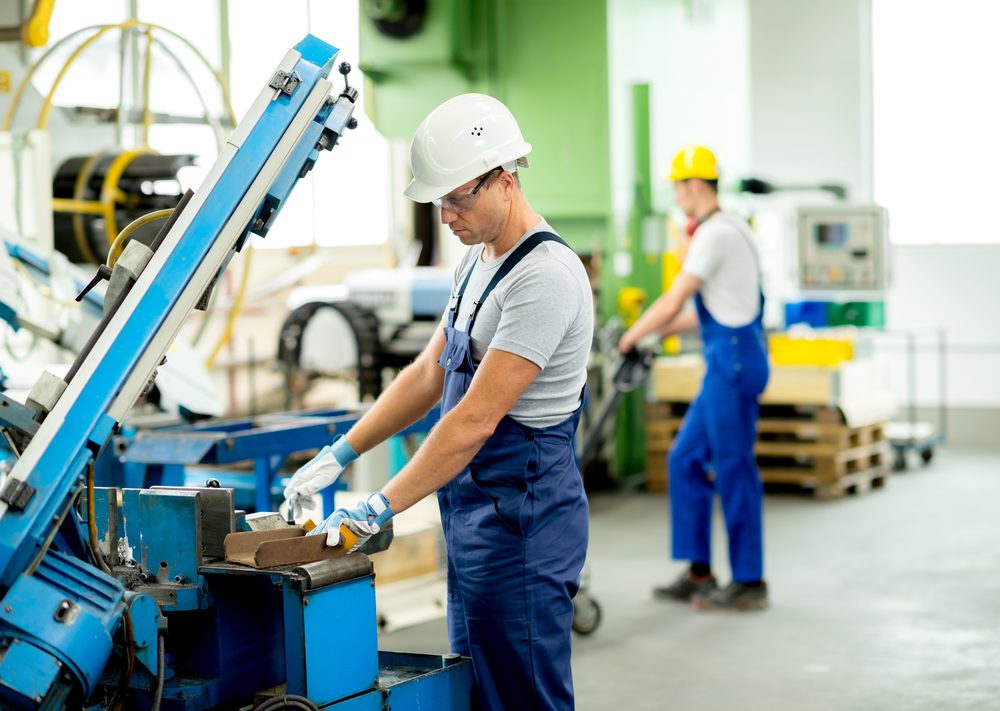 In this age of technology, it can be surprising just how much we still rely on old-school methods. Even when companies are manufacturing something as advanced as smartphones, they still use manually updated spreadsheets to keep track of production levels and the delivery process. It’s clunky, outdated, and at odds with the products being created.
In this age of technology, it can be surprising just how much we still rely on old-school methods. Even when companies are manufacturing something as advanced as smartphones, they still use manually updated spreadsheets to keep track of production levels and the delivery process. It’s clunky, outdated, and at odds with the products being created.
Leyuan Shi, professor of industrial and systems engineering at the University of Wisconsin-Madison, has been studying these paper trails and manufacturing for 16 years at hundreds of companies around the world. She’s used this experience to develop a new method of aiding the manufacturing process that is less prone to human errors- smart manufacturing, as she calls it.
The tool Shi has created is based on the concept of a “digital twin,” a computer version of a physical object or product. The digital twin shows managers what is happening to the physical product in real time, allowing for them to adjust workflows or double check for errors with ease. Because the tool is updated in real time, it also makes assigning precise delivery dates all the easier.
This manufacturing process relies on a digital database system, equipment sensors, and user software and input. While the sensors do pick up on most of the data, a person may need to add additional information if something were to go awry. Still, it has the advantage over manual spreadsheets by being far more streamlined and automated. “That’s what we mean by smart manufacturing,” Shi said to Phys.org.
Although the method is helpful to all kinds of manufacturing companies, businesses that focus on custom orders will find it the most useful. Mass manufacturing requires only a few molds and machines for a large array of products. Custom manufacturing, on the other hand, needs custom molds for assorted products, only a few of which are made at a time. Custom orders are also fairly dependent on the market, so if nobody’s buying, there’s no reason to produce. This unpredictability greatly benefits from the digital twin model, as proper time management is key.
As useful as Shi’s technique could be, it only became truly viable in recent years. It depends on quick computers and wireless communication between people, machines, and various other devices. In other words, it requires the Internet of Things. And the Internet of Things has only come into its own this decade with the rise of smart appliances and machines.
But the concept is not new. As previously stated, Shi has been studying this for 16 years and she originally published a research paper on the topic in 2000. The paper included an algorithm that would later become the heart of the manufacturing technique, officially called nested partitioning. Shi followed this paper up with a full book in 2008. Her company, LS Optimal, assists clients in the industry with developing and installing their own smart manufacturing processes.
In an interview with Phys.org, Shi says that it’s been “a long time coming, but we’re finally seeing a real paradigm shift in the industry. By giving companies the ability to track the progress of their sales orders in real time and manage their shop floors proactively, they can deliver high-quality products to their customers much faster than before.” Seeing as how the world is borderline obsessed with speed and order, Shi’s nested partitioning method is perfect for the constantly evolving and demanding markets of today. It may have been obvious to her for quite some time, but the world is finally catching up and is ready to pull their manufacturing and delivery systems into the 21st century.
It’ll still be a while before your last Etsy order arrives though, sorry.







